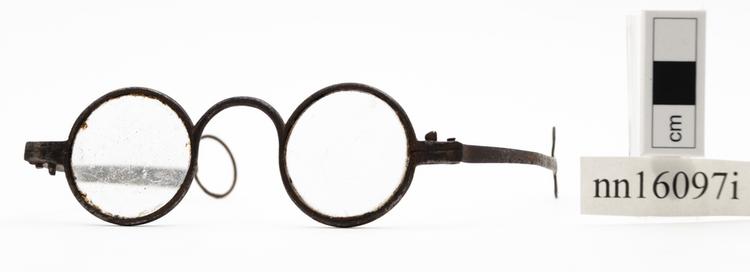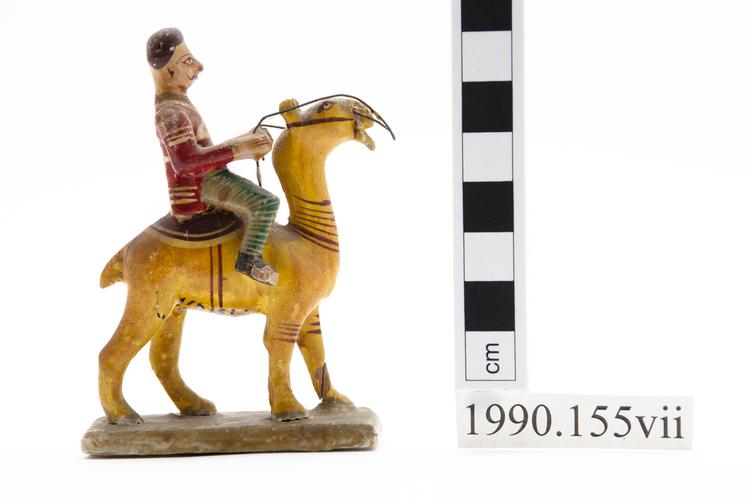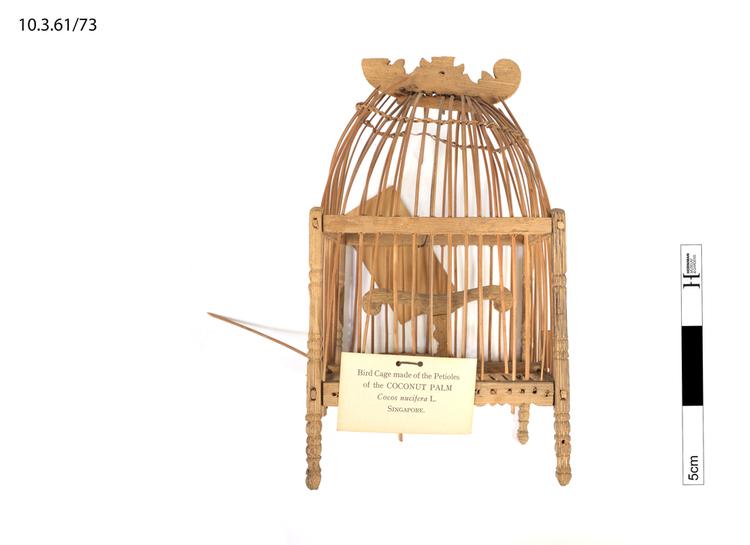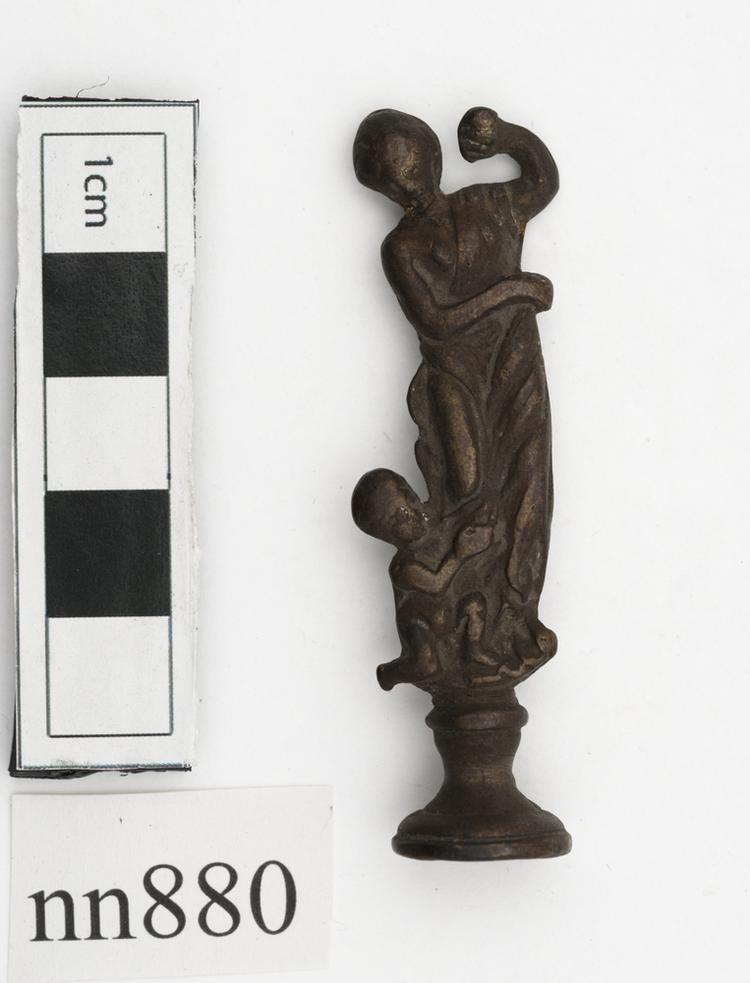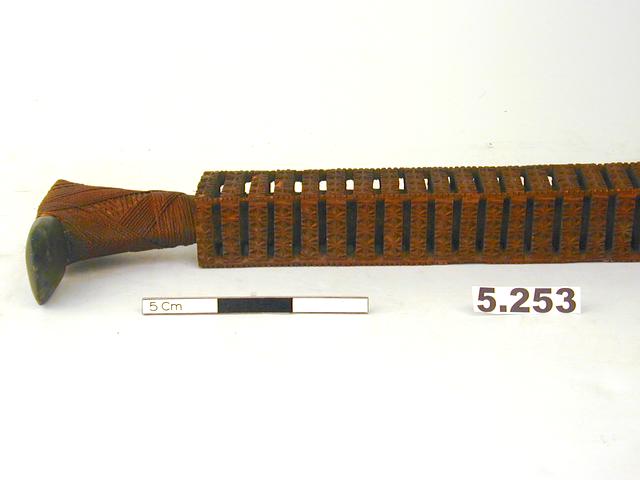

Ceremonial adze with an exceptionally carved handle, depicting in one piece a cylindrical wooden pole encased within a squar wooden cover. The cover is carved with horizontal bands decorated with a linear design interspersed with openwork sections. Stone blade attached to shaft with woven coconut fibre binding.
Ceremonial Adze, Toki Tapu, Mangaia, Cook Islands, Central Polynesia. Adzes and axes take on a number of ceremonial roles in different parts of the Pacific, emerging from a deep appreciation of cutting and dividing as acts which create and multiply, just as living creatures increase by separating themselves. The Cook Islands manifestation of this cultural practice resulted in large and heavy constructions, with enlarged and sharply-faceted blades, elaborately pierced and engraved handles, and complex coconut fibre bindings (taua) locking the two parts together. For the Mangaians, elaborately hafted ceremonial adzes were understood as material representations or vehicles of the god Tane-mata-ariki (‘Tane of the royal face’), the god of woodworkers. The cult of worshipping Tane through such ceremonial adze images is understood by the Mangaians to have been imported from Tahiti in recent centuries. The pedestal handle of this Mangaian adze is interesting: most Cook Islands adzes of this kind have a handle with either a square or circular section, and some combine the two in a form rather like a steep pyramid topped out with a cone. This one takes another approach to combining the two shapes, and the ta‘unga (craftsman) has carved a form of square section with openwork carving showing a neatly-carved cylinder inside it. Both the outer surface of the square handle, and the cylindrical handle are finely engraved with a geometric ‘Double-K’ motif. The blade is also interesting: most toki tapu contain large, flat, geometric blades which bear no signs of having been used for physical chopping, while this example contains a heavily used, worn down and re-sharpened blade that has clearly seen much use. For the Polynesians, such time-served objects possess a mana (supernatural power of effectiveness) that their prolonged use indicates. Wood, stone, coconut fibre. Mid 19th Century. Formerly in the private collection of Baron Anatole Von Hügel.
fighting



